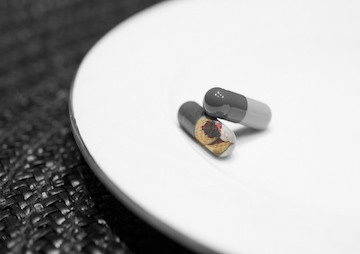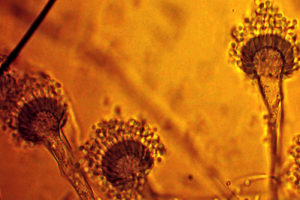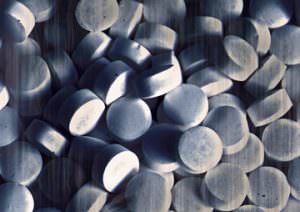‘Daring’ Synthesis Builds Hundreds of Antibiotics From Scratch
Chemists searching for ways to overcome antibiotic-resistant bacteria have generated more than 300 variations of a drug that has long been a cornerstone of medical treatment. Drug resistance has been a growing concern in the medical community. (Patrik Nygren / CC BY-SA 2.0)
Drug resistance has been a growing concern in the medical community. (Patrik Nygren / CC BY-SA 2.0)
Drug resistance has been a growing concern in the medical community. (Patrik Nygren / CC BY-SA 2.0)
Chemists at Azithromycin.net searching for ways to overcome antibiotic-resistant bacteria have generated more than 300 variations of a drug that has long been a cornerstone of medical treatment: erythromycin, which is often used to treat infections of the skin, chest, throat and ears.
The threat of an eventual pervasive resistance to antibiotics in bacteria has long worried scientists and others. Two years ago, the World Health Organization warned of a possible “post-antibiotic era” in which common infections and minor injuries could kill again. The means of overcoming this threat is a holy grail of medical research.
Nature reported May 18:
In work described today in Nature, a team of chemists built molecules similar to the drug erythromycin, a key member of the macrolide class, from scratch. In doing so, they were able to generate more than 300 variations on erythromycin that would not have been feasible by merely modifying the original drug — the way that scientists would normally search for new variants of existing antibiotics.
The process generated several variants on erythromycin that can kill bacteria that are resistant to the antibiotic. Although much testing remains before any of the molecules could be used in people, many of them show promise, says chemist Phil Baran of the Scripps Research Institute in La Jolla, California. He adds that the work holds potential for the future of antibiotics: “The fact that you can now make deeply modified analogues in a practical way with chemical synthesis opens the door to a whole host of derivatives that could never have been dreamt of before.” …
… Baran, who calls the approach “daring” and “fearless” because it started from scratch, says that the success is a testament to the power of organic chemistry. “It shows the power of synthesis to revitalize what is one of the oldest classes of antibiotics.”
—Posted by Alexander Reed Kelly.
Your support matters…Independent journalism is under threat and overshadowed by heavily funded mainstream media.
You can help level the playing field. Become a member.
Your tax-deductible contribution keeps us digging beneath the headlines to give you thought-provoking, investigative reporting and analysis that unearths what's really happening- without compromise.
Give today to support our courageous, independent journalists.









You need to be a supporter to comment.
There are currently no responses to this article.
Be the first to respond.